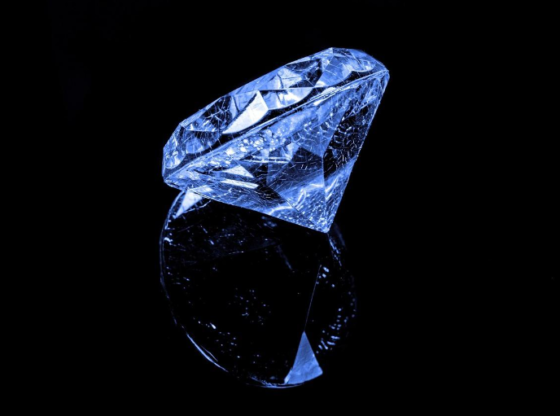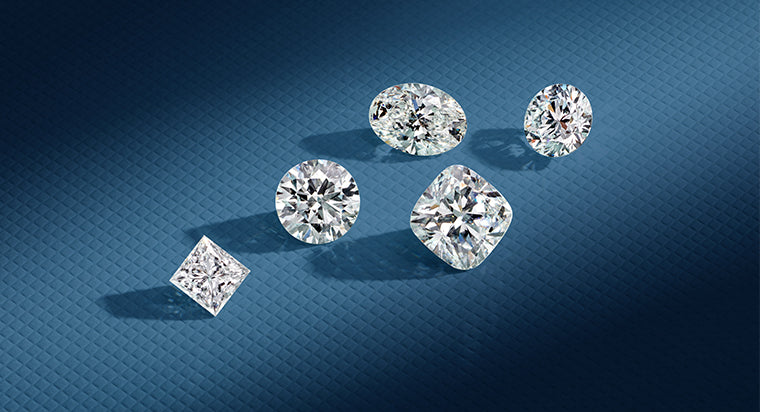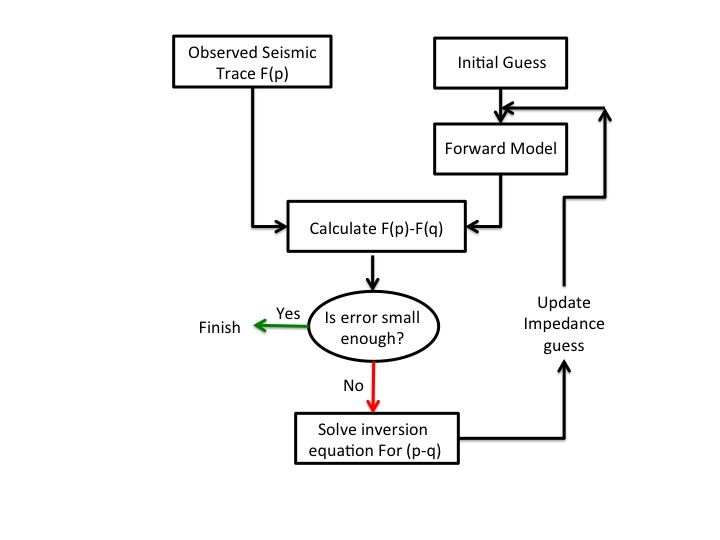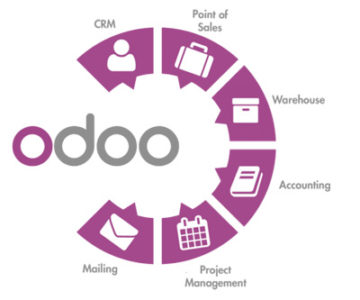Introduction to Lab Diamonds
When it comes to choosing diamonds, many are still clinging to the idea that natural stones reign supreme. However, lab diamonds are making waves and showing they might just be the future of gemology. So, what’s the deal with lab diamonds? Why are they turning heads and sparking debates? Let’s dive in and explore why lab diamonds are often considered better.
What Are Lab Diamonds?
Lab diamonds, also known as synthetic diamonds, are real diamonds created in a controlled environment. They share the same physical and chemical properties as natural lab diamonds are better, meaning they are composed of carbon atoms arranged in a crystal lattice structure. Essentially, they are diamonds in every sense of the word—just grown in a lab instead of mined from the Earth.
How Are Lab Diamonds Created?
Lab diamonds are produced using one of two primary methods: High Pressure High Temperature (HPHT) and Chemical Vapor Deposition (CVD).
HPHT simulates the extreme pressure and temperature conditions found in the Earth’s mantle where natural diamonds form.
CVD involves using a carbon-rich gas, like methane, which is heated until it deposits carbon onto a substrate, slowly growing a diamond.
Both methods create diamonds that are chemically identical to those that form naturally, but without the hefty price tag or environmental impact.
The Advantages of Lab Diamonds
So, what makes lab diamonds shine brighter than their natural counterparts? Let’s break it down.
Ethical Considerations
One of the biggest draws of lab diamonds is their ethical appeal. Natural diamond mining can sometimes involve exploitative labor practices and conflict financing. Lab diamonds, on the other hand, offer a clear conscience since they are created in a controlled environment with stringent ethical standards.
Environmental Impact
Natural diamond mining is notorious for its environmental destruction, including deforestation and ecosystem disruption. In contrast, lab diamonds are created with minimal environmental impact. They don’t require large-scale mining operations, which means less disruption to the Earth’s surface and local wildlife.
Cost Effectiveness
Lab diamonds can be significantly less expensive than natural diamonds. This price advantage comes from the lower cost of production and the fact that lab diamonds are not as rare as natural ones. This affordability allows buyers to get a larger or higher-quality diamond for their money.
Comparison with Natural Diamonds
When comparing lab diamonds to natural ones, it’s clear that lab diamonds often offer more bang for your buck. For instance, you might find a lab-grown diamond that’s 1.5 carats for the price of a 1-carat natural diamond.
Lab Diamonds vs. Natural Diamonds
At this point, you might be wondering how lab diamonds stack up against natural diamonds in other ways.
Physical and Chemical Properties
Both lab and natural diamonds have the same hardness, brilliance, and durability. They score a perfect 10 on the Mohs scale of hardness and exhibit the same refractive qualities. Essentially, a lab diamond is indistinguishable from a natural diamond to the naked eye and even under magnification.
Market Perceptions and Misconceptions
Despite their advantages, lab diamonds face some skepticism. People often question their value or authenticity. However, lab diamonds are real diamonds, and their quality is confirmed by gemological certifications. The market perception is shifting, and increasing numbers of consumers are embracing these modern gems.
Value Retention
One common misconception is that lab diamonds might not hold their value as well as natural diamonds. While it’s true that lab diamonds might not appreciate in value like some natural diamonds, they still hold significant value and offer a more affordable entry point for high-quality stones.
Jewelry
Lab diamonds are increasingly popular in engagement rings, earrings, and other fine jewelry. Their affordability and ethical advantages make them a compelling choice for those looking to make a statement without breaking the bank.
Industrial Applications
Beyond jewelry, lab diamonds are used in industrial applications due to their hardness and precision. They are utilized in cutting tools, abrasives, and even in high-tech equipment for electronics and optics.
Choosing Lab Diamonds: What to Look For
If you’re considering a lab diamond, there are some key factors to keep in mind.
Certification
Always look for certification from reputable gemological labs. This ensures that the diamond has been evaluated for quality and authenticity. Major certification bodies include the Gemological Institute of America (GIA) and the International Gemological Institute (IGI).
The Future of Lab Diamonds
Lab diamonds are not just a passing trend—they’re shaping the future of the diamond industry.
Technological Advancements
Advancements in technology are making lab made diamonds even more accessible and affordable. Improved methods for growing diamonds and new techniques for quality assessment continue to enhance the appeal of lab-grown stones.
Potential Market Trends
As awareness grows and technology advances, we can expect lab diamonds to become even more prevalent in the market. They offer a sustainable, ethical, and cost-effective alternative to natural diamonds, which could shift consumer preferences significantly.
Conclusion
In summary, lab diamonds offer a host of benefits, from ethical and environmental advantages to cost-effectiveness and high quality. As technology and market trends evolve, lab diamonds are likely to become an even more prominent choice for consumers. Whether you’re in the market for a stunning piece of jewelry or considering industrial applications, lab diamonds present a compelling option that’s worth exploring. Embracing lab diamonds means choosing brilliance and conscience—what’s not to love about that?













